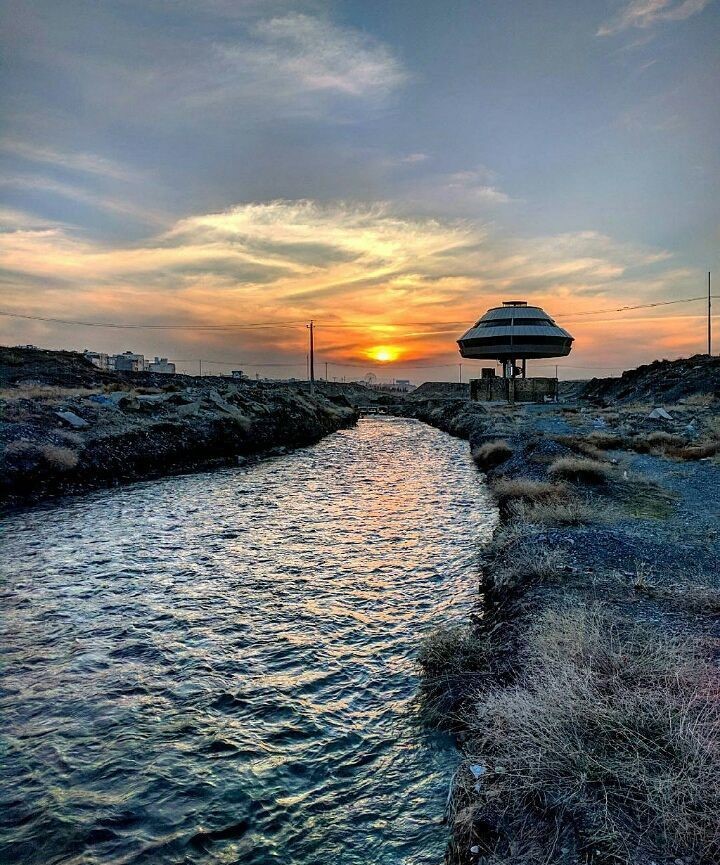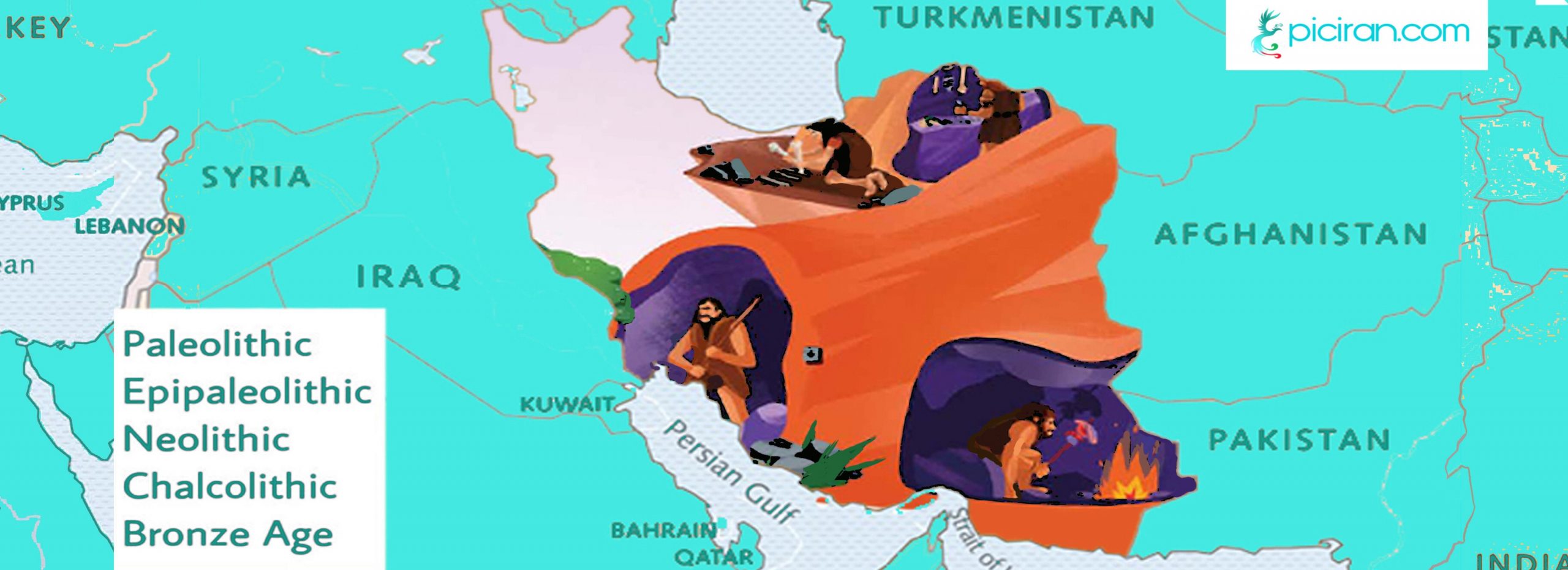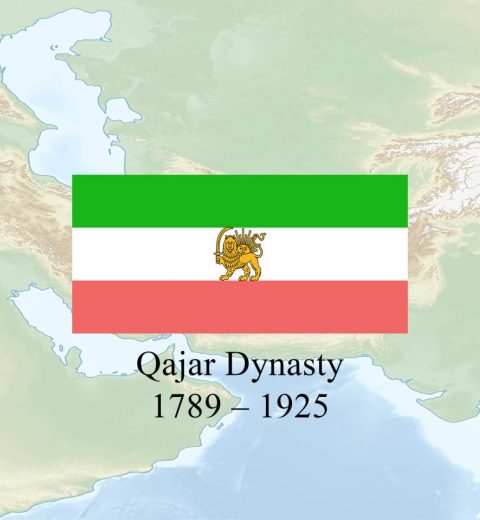Prehistory of Iran – All prehistoric periods at a glance
Paleolithic
According to recent artifacts that were found in dry zones of Kashaf River (in the northwest near Mashhad) and Ladiz meadow in Sistan, archeologists evaluate that those archeological artifacts refer to 800,000 years ago in the Prehistory of Iran. Probably people who lived in that era were Neandertals who had immigrated from the north of Africa to Asia (especially Iran).
Neandertals lived in caves and hunt while they assemble plants for use as clothes, of course, based on their experiences they also eat plants that did not harmful to them. Many caves refer to that era include Arjaneh, Qomri, and Kogan Konji cave in Khorramabad(Zagros mountain range in the west), Bistoun and Kher cave in Kermanshah(Zagros mountain range), Tamtame cave near Urmia lake and Keyaram cave in Gorgan(near to Caspian sea).
The lifestyle of people who lived in this era did not make any obvious difference in comparing previous eras of Iran prehistory but the use of fire became more common because of this point that fire discovered in previous eras of Prehistory of Iran.

Epipaleolithic
This era is between Paleolithic and Neolithic of Iran prehistory, archeologists believe from 20,000 years ago this era begins and when the Neolithic start and humans tried to cook Epipaleolithic finished. Furthermore hunting animals and eat plants the famous element of this era is people add aquatic animals like fish, snail, and duck to their food regime. Archeologists found the artifacts of this era of Prehistory of Iran in these caves in Iran: Kamarband, Hutu, and Alitape cave in Behshahr(Mazandaran-north) and Maru and Darma in Kermanshah.
Neolithic
In this era of Iran prehistoric, a big transformation happened. Because of these big changes, the name of this Iran prehistory period is called Neolithic. Earlier have been mentioned that one of the important events of this period was that humans began to produce food. But why did this happen? What was the reason for this issue that the human being who hunted animals thinks about food production and the creation of villages and communities?
There are many theories about this period of Prehistory of Iran that we can point out to some of them: Oasis theory, Nuclear zone theory, Population pressure theory, Social prestige, and social complexity theory, Co-evolution theory.
Chalcolithic (Aneolithic or Eneolithic)
One of the issues that distinguish this era from previous eras is the discovery of metal and how to melt it. In the Qabrestan hill in Qazvin, there is evidence which presents about 5,000 years ago, people in that area succeeded in melting metal and making artifacts like a hammer. Recently, in Silak hill of Kashan and the Pardis hill of Varamin, archeologists founded remnants of the pottery wheel, indicating the immense uses of melting of metals throughout Iran. This Iran prehistory period is the culmination period of animal painting on pottery, Chalcolithic era is also important because of the Elamites clay tablet emergence.
Bronze age
This era of Prehistory of Iran is known under this name for the creation of bronze objects. Due to the numerous bronze objects, many of them can be found in almost all domestic and foreign museums. Furthermore, the creation of bronze objects, the establishes of huge cities, the advances of this age. The cities like the Shahre Sukhte (the burnt city) and the Jiroft Konar Sandal, which has zones of more than ten hectares bronze era. One of the first bureaucratic regimes in Iran was the Elamites civilization that was founded in this era.




